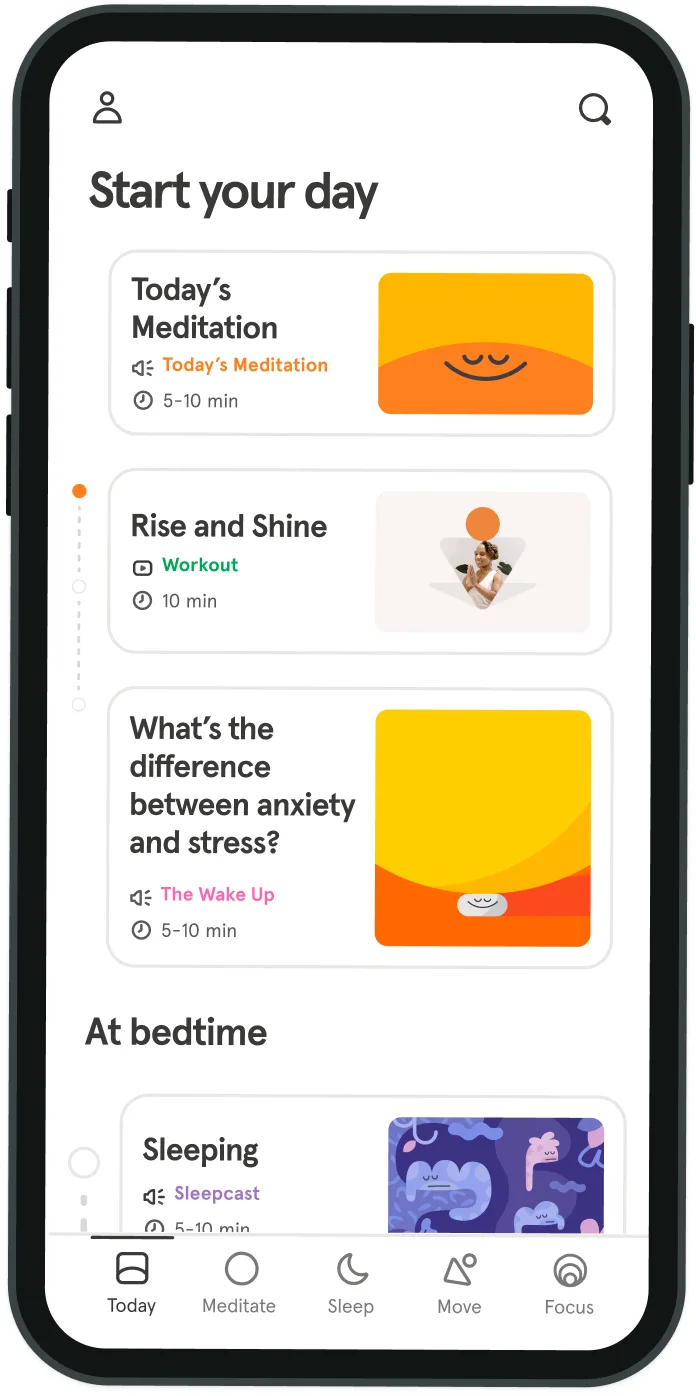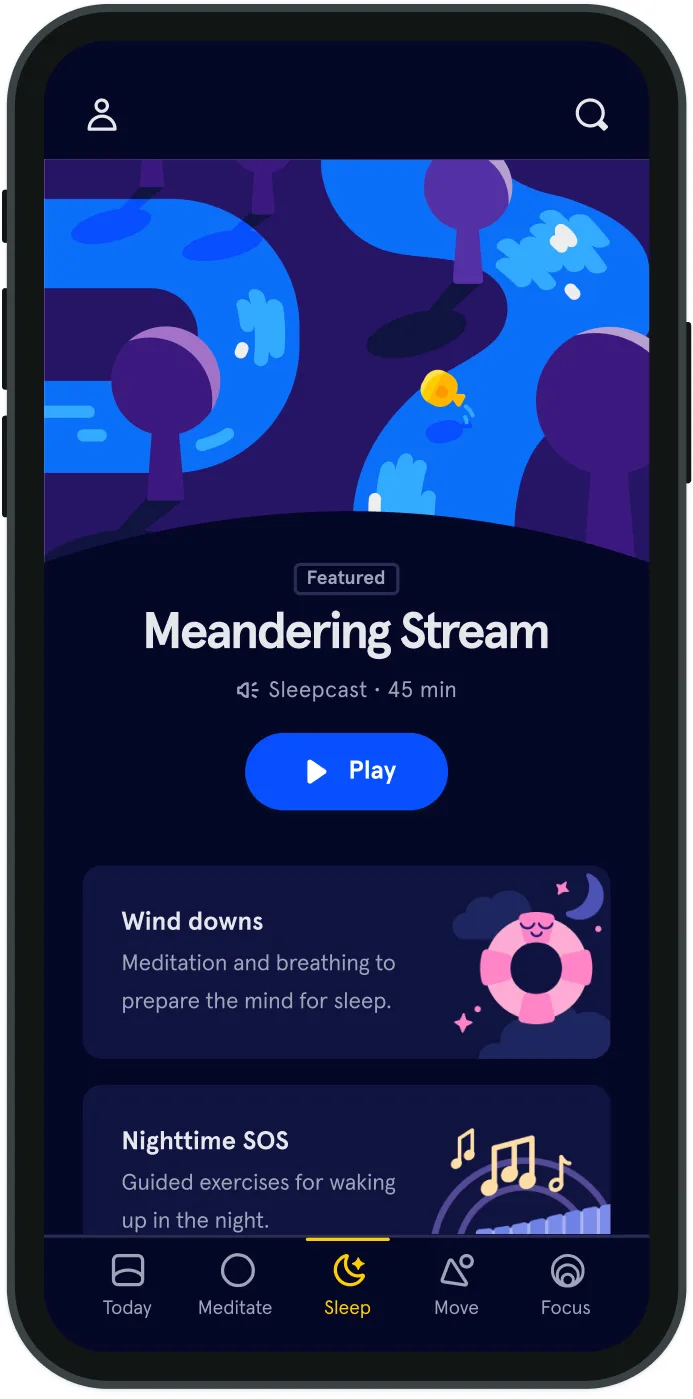A Day With: Autism
[Editor’s Note: This piece is part of an ongoing series of personal essays on what it’s like to live with a mental health diagnosis. Each piece describes a singular and unique experience. These essays are not meant to be representative of every diagnosis, but to give us a peek into one person's mind so we may be more empathetic to all.]
During my drive to work, I’m wearing sunglasses and the car’s visor is down to block the rising sun. But this is not enough to help my photophobia because the sunlight is still flickering through the trees. I slow down as I approach an intersection, even though the light is still green. I'm worried I won't be able to stop on time if the light changes before I get there.
Driving is a challenge as I have poor depth perception. I can speed up, risking that the light turns red while I’m still in the intersection or slow down even more in case the light is about to turn yellow, risking the car behind me will rear-end me. No matter how mundane, decisions are a daily struggle for me because I have impaired executive functioning, the mental skills needed for the brain to organize information and make decisions. I eventually decide to go through the intersection, and it turns red as I pass through. I arrive at my university where the background noises most people ignore—tapping computer keys or feet shuffling down the hallway—drown out the voices around me. When I ask a student to repeat a question for the third time, I tell the class I have a hearing problem. This is easier to explain than a sound sensitivity. Besides, if I told my students that I can hear the clock ticking on the wall better than their voices, they might write me off as the nutty English professor. After class, I go to my office and close the door. Unexpected visits make me anxious, but it’s also partly because I want to be alerted by a knock on the door when someone is trying to get my attention. I don’t want to unintentionally ignore visitors because I don’t hear them.
After work, I stop at a grocery store, the same one I always go to because I’m comfortable with the layout and know what to expect. I walk down a snack aisle until I spot the Little Debbie Swiss rolls, which triggers a memory of the time my grandma and I shared them at her apartment 25 years ago. I can envision her like it was yesterday, wearing mauve slacks, as she would call them, and carefully wiping up the crumbs on her laminate wood table. All of my memories are stored like a video library. Temple Grandin, a world-renowned spokesperson for Autism Spectrum Disorder (ASD), writes about her personal experience as an autistic visual thinker in her book “Thinking in Pictures”: “My thoughts are in photorealistic pictures, which flash up on the 'computer monitor' in my imagination. Words just narrate the picture.” Like Grandin, I think in pictures. Seeing an object can trigger my brain to access decades-old memories that play like video reels in my head. When I get home, I take my 2-year-old son for a stroll around the neighborhood while my husband watches my two daughters. Taking a walk in my quiet neighborhood helps me to escape from sensory overload and calm my anxiety. Usually, I take the same route, but this time I decide to explore a different part of the neighborhood. Changing my routine is difficult because I never know what to expect, and there’s the possibility that, with my poor spatial orientation, I might even get lost. When I encounter a neighbor along my walk, I force myself to say “hi,” which feels unnatural because it makes me anxious. It’s also very difficult for me to think—let alone talk—when I look someone in the eye, so I look toward her face instead.
Once the kids go to sleep, my husband and I settle into bed to watch “Bones”. According to Hart Hansen, the creator of the show, the lead female role is based on a woman with ASD. My husband asks if I’m ready to start watching the show. I respond, “yes.” A minute or so passes, and I stare at him wondering why he’s staring back at me. “I guess we won’t be able to watch “Bones” after all.” “Why not?” I ask. “Because I can’t get you to hand me the remote,” he says, smirking. I realize that he had been reaching his hand toward my nightstand the whole time waiting for me to pass the remote. I grab the remote and pass it over to him, trying unsuccessfully to hold back laughter while glaring at him for poking fun at my difficulty with nonverbal communication. Watching “Bones”, I think about how much I resemble its titular protagonist; like her, I have a monotone voice, take everything literally, and talk obsessively about my special interests. But like Bones, I’m also accomplished in my field, and I’m happily married with a loving husband and children. Most people don’t realize the challenges I face on a day-to-day basis with high-functioning ASD, which is both the beauty and the difficulty with my invisible disability.
* * *
The "A Day With Mental Health" series is brought to you by Headspace and Bring Change to Mind (BC2M). BC2M is a nonprofit organization built to start the conversation about mental health, and to raise awareness, understanding, and empathy. They develop influential public service announcements (PSAs) and pilot evidence-based, peer-to-peer programs at the undergraduate and high school levels, engaging students to eradicate stigma. Because science is essential to achieving this mission, BC2M’s work is grounded in the latest research, evaluated for effectiveness, and shared with confidence. Headspace is proud to partner with them as we shine a light on the day-to-day experiences of living with a mental health diagnosis. This series will publish weekly on Headspace’s the Orange Dot. Read the rest of the series here.



Be kind to your mind
- Access the full library of 500+ meditations on everything from stress, to resilience, to compassion
- Put your mind to bed with sleep sounds, music, and wind-down exercises
- Make mindfulness a part of your daily routine with tension-releasing workouts, relaxing yoga, Focus music playlists, and more
Meditation and mindfulness for any mind, any mood, any goal

Stay in the loop
Be the first to get updates on our latest content, special offers, and new features.
By signing up, you’re agreeing to receive marketing emails from Headspace. You can unsubscribe at any time. For more details, check out our Privacy Policy.
- © 2025 Headspace Inc.
- Terms & conditions
- Privacy policy
- Consumer Health Data
- Your privacy choices
- CA Privacy Notice
